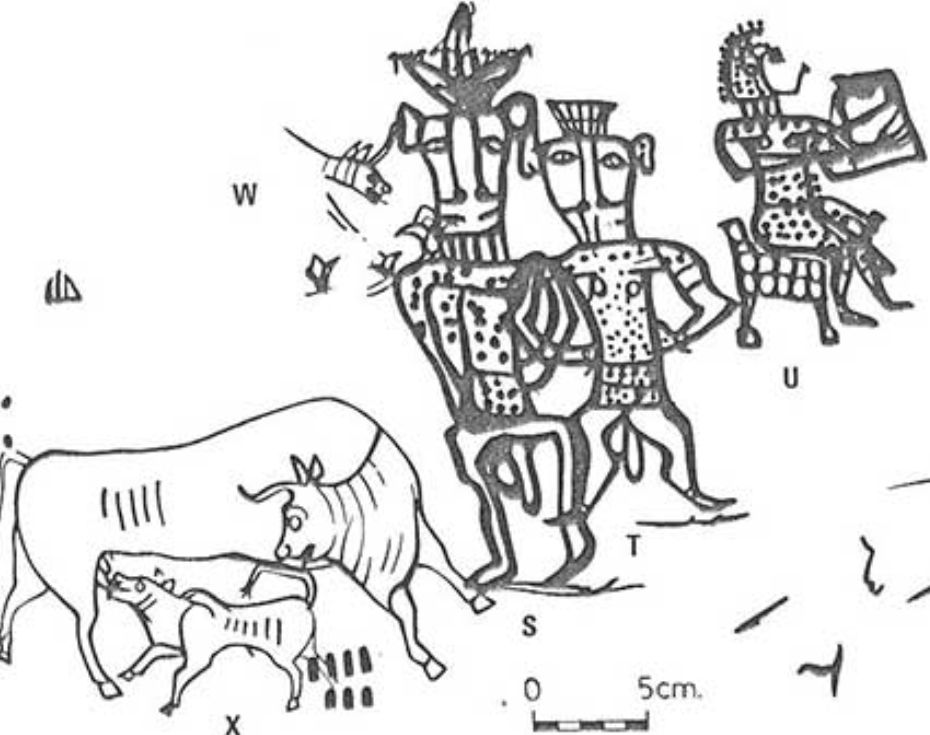ADDED link to alternative YouTube posting without regional restrictions.
The 2019 documentary American Heretics: The Politics of the Gospel focuses on unorthodox Christians in Tulsa, Oklahoma, where TSZ contributor Jonathan Bartlett lives, and in Oklahoma City, where I live. The most prominent of the subjects are two ministers of the United Church of Christ, Robin Meyers (author of Why the Christian Right Is Wrong and Saving Jesus from the Church), and Carlton Pearson (a black protege of Oral Roberts who went on to great success as a televangelist). They both accepted, earlier in life, the orthodox doctrine that the unsaved will suffer eternal damnation, but ultimately repudiated it.
The documentary has gotten favorable reviews in major newspapers, including The New York Times, but I have to say that it is somewhat slow and diffuse. The filmmakers clearly did not capture as much good footage as they needed for a feature-length release. However, the good footage is quite good, and many of you will be interested in what it reveals of religion and politics in the U.S. today. Note that YouTube provides options for increased playback speed and for captioning.
ETA: Thanks to Dazz for locating the YouTube posting above. Note that the documentary is followed by discussion that I have not reviewed. (The posting I originally linked to is not accessible from all regions of the world.)



